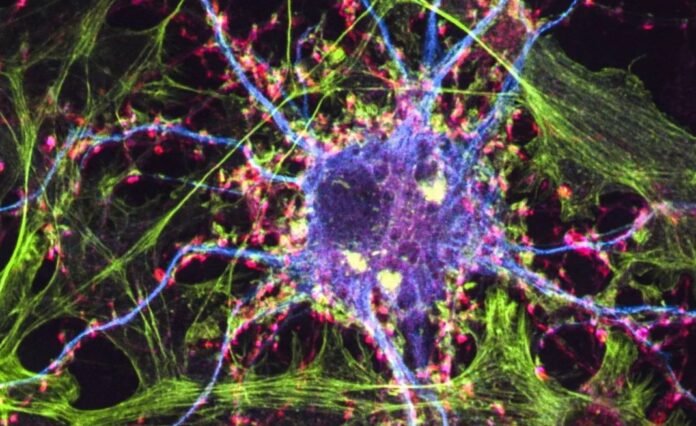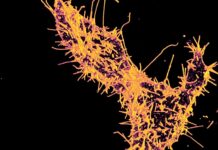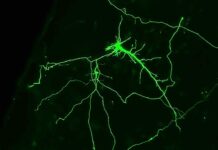Intriguing recent findings have surfaced regarding the potential effectiveness of psychedelics in treating depression and other neuropsychiatric disorders. The study proposes that the effectiveness of these drugs may be due to their ability to bind to intracellular serotonin receptors, an intriguing discovery that has puzzled experts in the field.
Promotion of Neural Plasticity
Although the use of psychedelics in treating depression has been studied for a while now, researchers are still grappling with the mechanisms behind their therapeutic effects. Previous studies have linked the use of these substances to the promotion of spinogenesis, the process of developing new dendrites in neurons, which facilitates neuroplasticity. The serotonin 2A receptor, known for its high expression in the brain cortex, has been identified as a key component in the psychedelics-induced neural plasticity.
A Question of Access
However, this raises the question: why can’t serotonin, a natural ligand of the 2A serotonin receptor, produce similar effects? Recent research suggests that the answer may lie in the accessibility of the receptors. DMT and psilocin, two psychedelics known for their therapeutic properties, were found to be able to reach intracellular receptors while serotonin could not. The implications of this discovery are immense and suggest the need for more research to understand the intricacies of intracellular serotonin receptors.
Novel Neuropsychiatric Therapies on the Horizon
The recent study’s findings could pave the way for the development of new drugs to treat neuropsychiatric disorders. Experts suggest that these drugs could be designed without inducing hallucinations, which are commonly associated with substances like psilocin and LSD, while still retaining their fast-acting and long-lasting effects. This opens up the possibility of creating more hydrophobic drugs that effectively target the intracellular serotonin receptors.
Unanswered Questions
While the recent study provides a promising avenue for research and development, it raises more questions than it answers. For instance, why do 2A receptors have such high expression levels in areas where serotonin cannot access them? Could other compounds produced by the body bind to these receptors? Are they simply inactive pools awaiting export to the cell surface? These questions remain unanswered and underscore the need for further research into intracellular serotonin receptors.
Conclusion
In conclusion, the study’s findings offer a glimmer of hope for the development of novel therapies for neuropsychiatric disorders. However, much research is still needed to fully understand the role of intracellular serotonin receptors and their connection to the therapeutic effects of psychedelics. By unlocking the mysteries surrounding these mechanisms, we may gain a better understanding of the underlying science behind these promising therapies.
Google News | Telegram
















